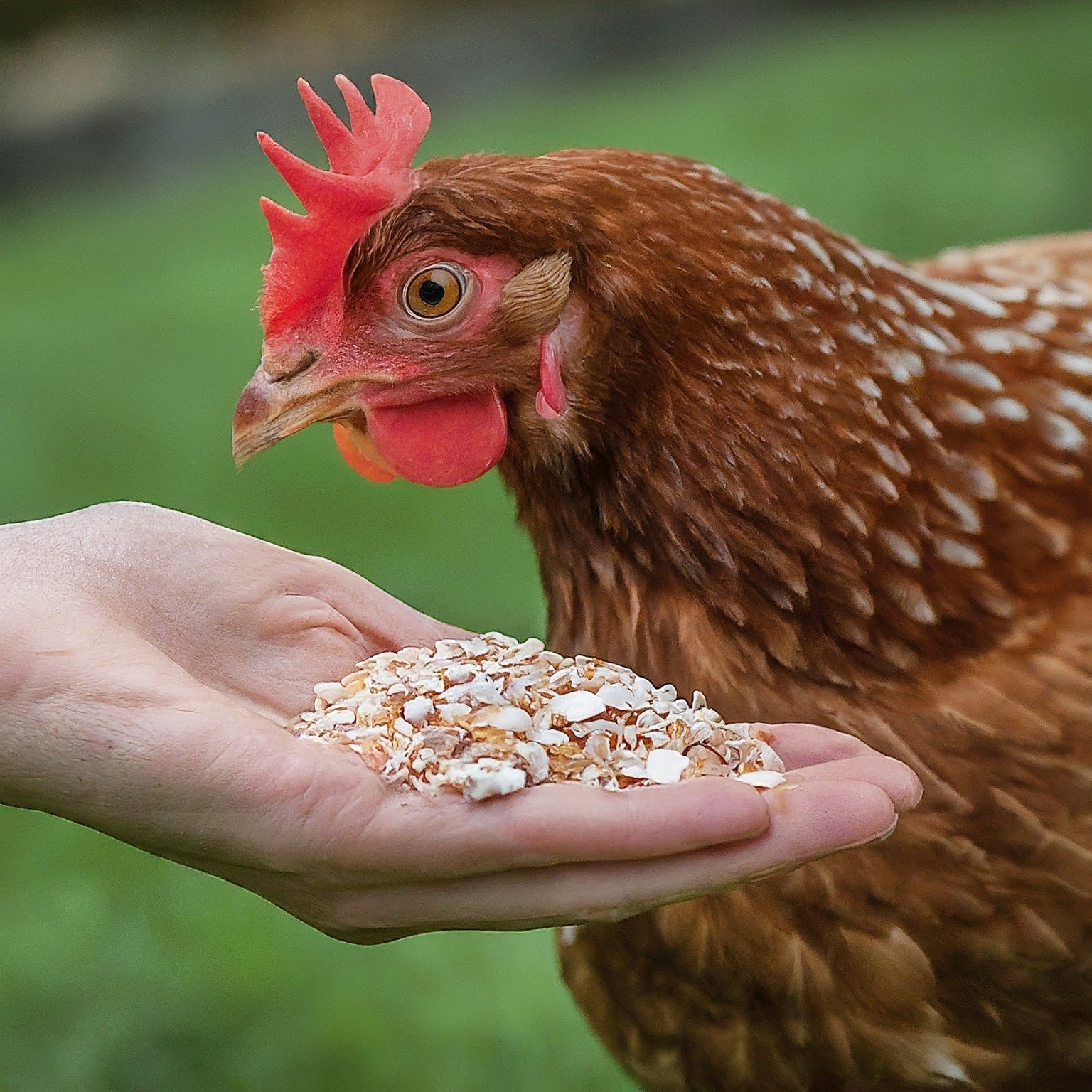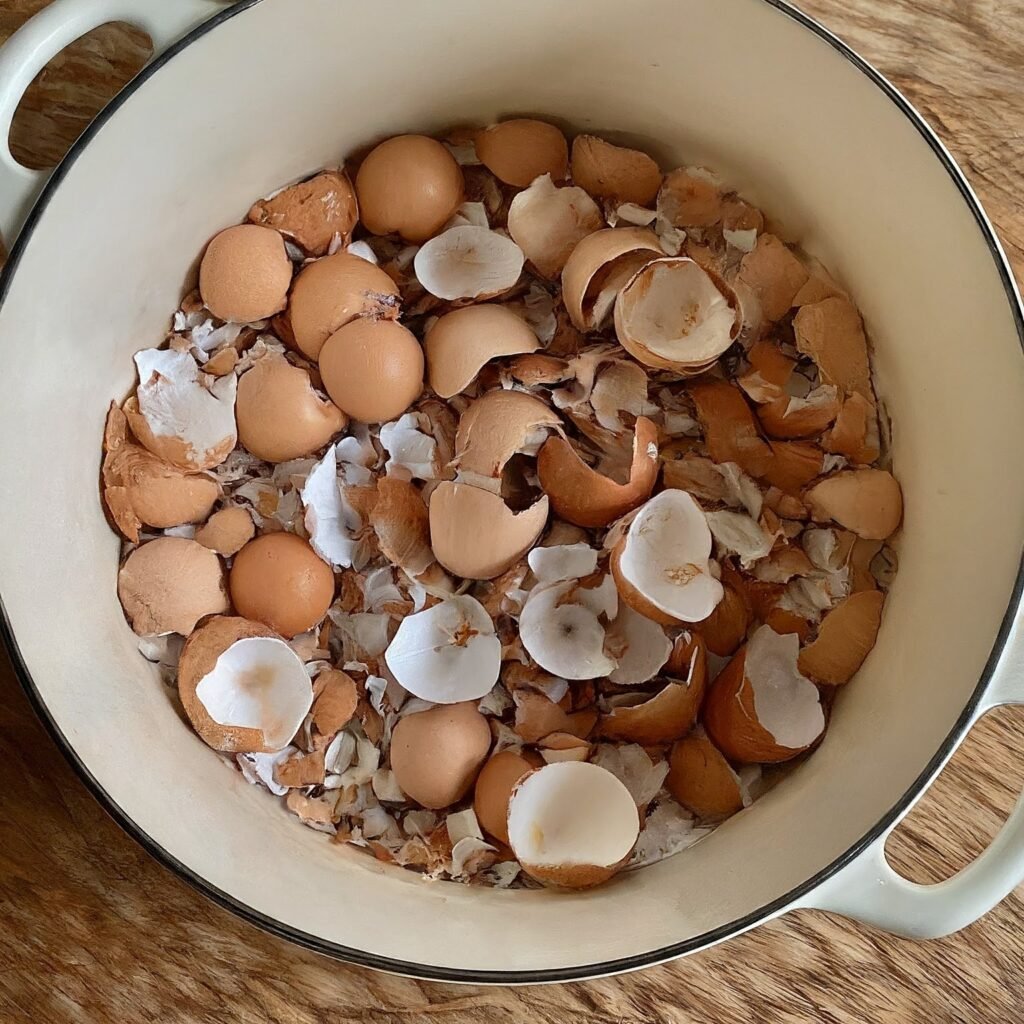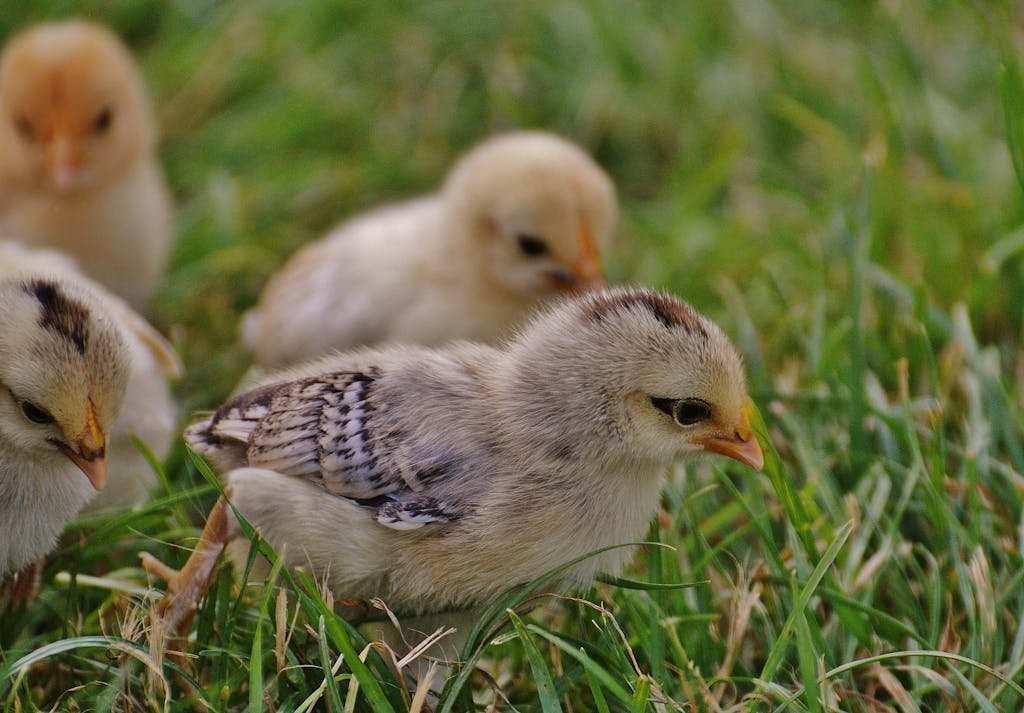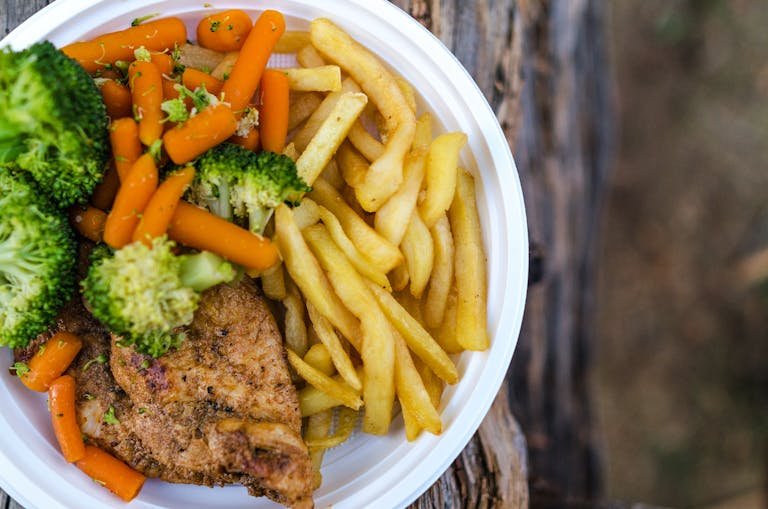Gritty Details: Why Your Chickens Need Grit

The general objective of any poultry farmer is to ensure that the chickens remain healthy and productive. One often overlooked, yet essential, aspect of chicken care is ensuring that they have access to grit. Grit is closely involved in the digestion process of chickens and as a result, it greatly influences their general health, laying pattern, and productivity. Whether for egg, meat, or pet production, getting to know what grit is and how it functions is basic to chicken rearing.
In this guide, we will explore What is Grit for Chickens, how to prepare them, how to feed them, and everything else that you need to know about it.
What is Grit?
Grit is a hard, insoluble substance that chickens consume to aid in the digestion of their food. Chickens do not have teeth like humans to help mash the food into smaller pieces by chewing them. Instead, they depend on the gizzard, which is a muscular unit of the chicken digestive tract to grind the food into small items that can easily be ingested. Grit’s function is similar to pebbles found in the gizzard where it grinds rough grains, seeds, and any other fibrous materials.
This process is important for chickens that are fed whole grains or those that are allowed and encouraged to forage in the yard or on the pasture. If chickens fail to exhibit grit, then they are likely to lack proper digestion leading to a lack of necessary nutrients and diseases.
Types of Grit
There are two main types of grit, each serving different purposes:
- Insoluble Grit: Digestive grit is the major kind of grit employed for this purpose. The insoluble grit which is usually derived from the granite or flint stays in the gizzard to assist with the mechanical digestion in birds. It does not dissolve in the system and is thus dissimilar to soluble grit. Instead, it resides in the gizzard for longer before getting compacted and expelled out of the system. Coarse grains are useful to chickens that feed on whole grains or forage for their food.
- Soluble Grit: Some of the common types of grits include soluble grit in the form of crushed oyster shells, which are not commonly ingested for digestion purposes. Hence, it serves as a valuable source of calcium, which is vital in the development of the shell in laying birds. Soluble grit can dissolve in the digestive system and therefore is a good supplement for hens that require additional calcium.
Read Also: Claw vs Talon: Understanding the Differences
How To Make Grit for Chickens?
1. Homemade Grit from Eggshells
We can make Grit at home by following the steps.
- Collect and Clean Eggshells: It is advisable to pick clean eggshells and wash them to ensure that there is no dirt left on them.

- Dry the Shells: The eggshells require some time to dry completely.
- Bake the Shells: Make sure you are preheating your oven at 350°F (175°C). Put the eggshells on the baking sheet and let them bake for almost 10 minutes to get sterilized.
- Crush the Shells: It is also important to crush the eggshells into small as once they cool down they will be easy to manage. One can use a rolling pin, a food processor, or even a mortar and pestle.
- Provide to Chickens: Present the crushed eggshells to your chickens as an addition to the normal grit you give them for consumption.
1. Commercial Grit
For a more complete nutritional analysis, buy commercial grit produced for chickens, if possible. They are available in various sizes to cater to the different age brahs of chickens that may be on the farm.
Why is Grit Important?
Improved Digestion
The primary use of grit in the diet is still today used to help in the digestion process of foods that are taken by individuals. The gizzard in the system needs the abrasive effects of grit for grinding fibrous materials and grains in this system. Without grit, chickens cannot grind their feed adequately, which can result in feed impaction, poor feed conversion, and diseases of covering in the GIT.
This substance is swallowed by chickens and then remains trapped in their gizzard to help in grinding foods. As this process initiates it enables the chicken to derive maximum benefits from their foods by grinding them in the process. Grit is a must for chickens that feed on whole grains, seeds, or free-range foraged foods because the material helps in the digestion of food.
Stronger Eggshells
Soluble grit is important for the development of strong shells of eggs for laying hens such as oyster shells. Chickens lay their eggs inside the eggshells, and these shells are mostly composed of calcium carbonate, thus, the birds require a steady source of calcium to manufacture strong shells. When fed on a diet low in calcium, hens can develop a condition in which their laying shell becomes too thin and weak, or they may even stop laying at all.
This makes it possible for hens to get the required calcium from soluble grit especially if the regular diet does not contain this mineral. Soluble grit consumption by the hens enhances the physico-chemical properties of the eggs and their shells, to the advantage of both the birds and the keeper.
Healthy Gut
Proper digestion is perhaps one of the most crucial aspects of a chicken’s life since it greatly determines its health. Grit is also important in preventing digestive diseases, for example, impaction whereby food gets trapped in the gastrointestinal tract due to ineffective digestion. By assisting in crushing the food down into small portions, grit ensures that the gut runs efficiently and that the chances of having tummy upsets are minimized.
By promoting a healthy gut, the birds can easily overcome infections and diseases, which makes the chickens healthier and stronger.
When to Provide Grit
Understanding when to introduce grit to your flock is crucial. Not all chickens require grit at the same stage of life, and the type of grit provided can vary based on age and diet.
Chicks
To a certain extent, chicks do not need grit right after hatch as they are fed on the starter feed which is made soft to be easily digested. But when chicks are growing up and start feeding on sweet items essential for their diet like grains or greens then they require grit for their digestion.
It’s recommended to gradually introduce chick-sized grit once your chicks start eating more solid foods. This grit should be smaller than the grit that is given to adult chickens because their digestive systems are not yet fully developed.
Adult Chickens
Grit is necessary for adult chickens, especially those that feed on whole grains, seeds, or free-range ones, and they require constant supply. Commercial feeds do not require grit, but offering it is essential for your chickens, especially if they have free-range access and search and peck for their food. Grit also helps to ensure that all sorts of food are well ground in the gizzard.
Free-range birds can pick and choose natural grit but it is wise to check that they have enough by providing them with some. Chickens that may not have free-range access to the outdoors but rather are confined to a coop or a run will need their grits from time to time since they will not have the opportunity to source grit themselves.
Laying Hens
For layered birds, it is recommended to supply a soluble grit and this can be in the form of crushed oyster shell or limestone. This type of grit should be provided on a free-access basis so that the hens can take it in their regulated amounts to help them with their calcification processes. Lack of calcium results in weak combs and poor health or formation of their eggs hence it is important to offer soluble grit to the laying hen.
Read Also: Do Silkie Hens Have Wattles?
How to Provide Grit
Properly supplying grit to your chickens is straightforward, but there are a few key points to consider to ensure your flock has access to what they need.
Separate Hopper
Perhaps the most convenient method to offer grit is to put it in a different bowl from their regular meals. This enhances the process of serving grit to the chickens as it separates it from the feed that the chickens eat. Chickens have a knack for regulating their consumption of grit therefore placing it in a different dish provides them the option to use it whenever they want.
Free-Choice Access
Chickens must have free-choice access to grit at all times. Whether you’re offering insoluble or soluble grit, allowing chickens to consume it whenever they feel the need ensures they can digest their food properly and stay healthy. Keeping the grit available at all times is particularly important for chickens that are on a varied diet or that forage for food.
Grit Type
It is also important to select the right type of grit on the wheel. In the case of chicks, select a smaller-sized grit that will suit the chicks’ digestive systems as they develop. It is important to note that for adult chickens, large grit is appropriate to provide for them. If you are keeping laying hens ensure you offer insoluble grit for digestion and soluble grit for assimilation of calcium.
Additional Considerations
Finally, when feeding your chickens with grit, certain considerations can be taken to ensure the health and supply of your chickens.
Grit Size
Grit is of various sizes and the appropriate size should be used depending on the age as well as the size of the chickens. Chicks on the other hand will need much finer grit compared to adult chickens. If it is too large, the younger chickens may find it hard to swallow it and this may result in some digestive issues.
Cleanliness
The grit hopper used in the production process should always be clean and free from moisture. If grit gets damp or dirty, the chickens may not eat it and this can cause an upset stomach. Ensure that the grit supply is frequently measured and found to be clean and in the proper place.
Natural Grit for Free-Range Chickens
Free-range chickens usually search for natural grit by themselves all thanks to the possibility of roaming across the range. They may collect debris, small stones, pebbles, or any other material that has the same characteristics as commercial grit. That being said, it never hurts to provide your chickens with additional grit, particularly if you are unsure whether or not they are consuming enough of the stuff in the wild.
Although chickens can forage for themselves in a free-range, natural grit is always inconsistent in quality and quantity, therefore providing it guarantees chickens their supplies all the time.
Read Also: Do Chickens Eat Their Poop?
Final Words
Grit is an often overlooked but essential part of raising healthy chickens. Whether it’s insoluble grit to aid in digestion or soluble grit to provide calcium for strong eggshells, ensuring your chickens have access to the right type of grit can significantly impact their overall health and productivity.
By understanding what grit is, why it’s important, and how to provide it, you can support the well-being of your flock. Offering grit in a separate hopper, allowing free-choice access, and choosing the right type of grit based on your chickens’ age and diet are all simple yet effective ways to keep your chickens healthy and thriving.





